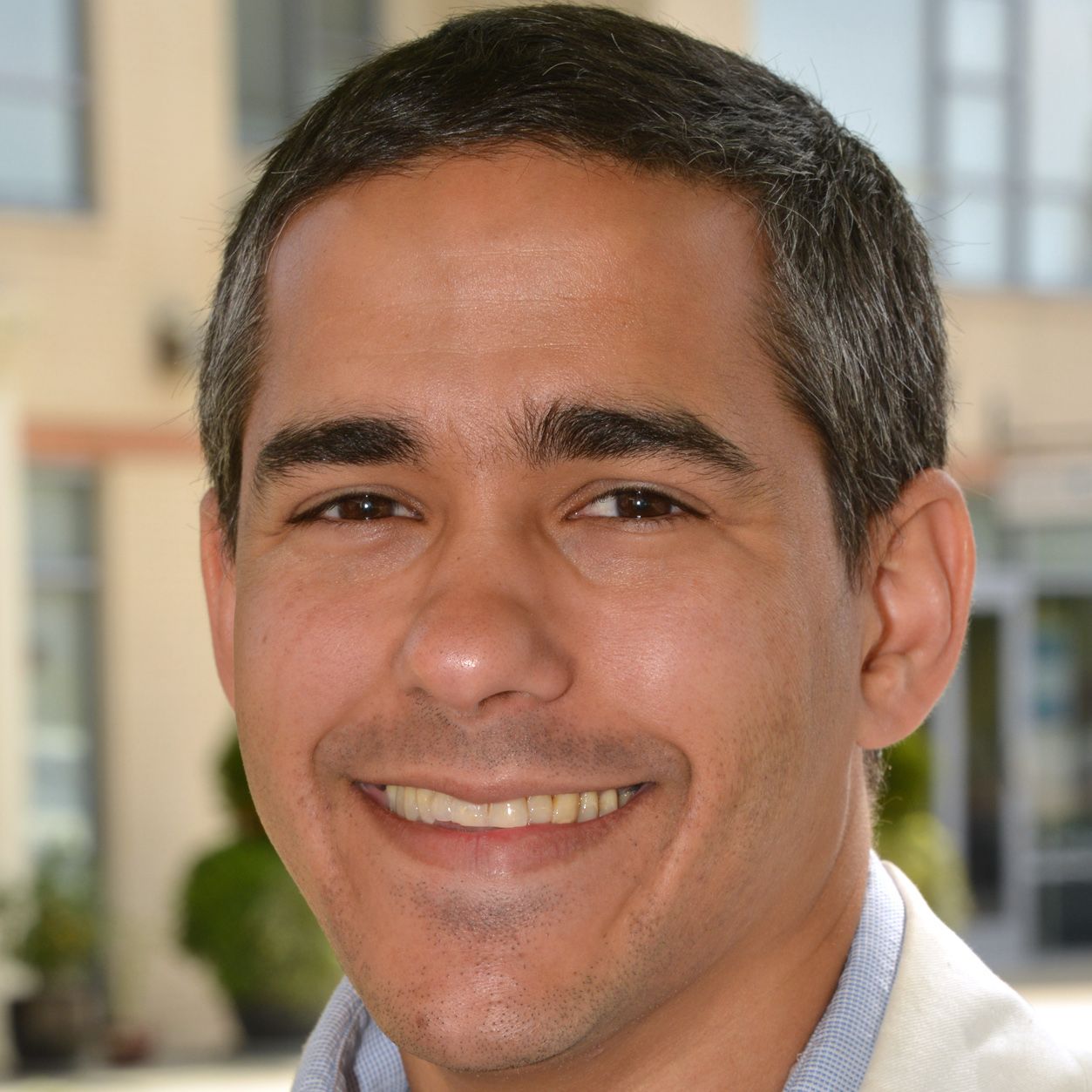Patients Report High Satisfaction Rates of Hidradenitis Suppurativa Surgery
Recovery was often deemed rapid, with patients reporting post-surgical pain to be less severe than the pain of their disease.
Christopher J. Sayed, MD

A new investigation into patients’ impressions and outcomes after clinic-based treatment of hidradenitis suppurativa (HS) concluded with patients reporting high rates of satisfaction with surgery.
Additionally, recovery from hidradenitis suppurativa surgery was often rapid, with patients rating postsurgical pain as less severe than the pain endured from their disease.
Investigators led by Christopher J. Sayed, MD, Department of Dermatology, The University of North Carolina, stated that surgical intervention is frequently needed to treat hidradenitis suppurativa.
Though previous studies have shown patient satisfaction to be high, reports of impressions of clinic-based operative experiences as well as post-operative recovery are limited.
As such, Sayed and investigators intended to characterize patient impressions, outcomes, and recovery time in their cohort study.
The Methods
The population of the retrospective cohort study included patients 12 years or older, all of whom met clinical criteria for hidradenitis suppurativa and underwent surgery at the University of North Carolina (UNC) Department of Dermatology in Chapel Hill.
Investigators identified patients with a diagnosis of hidradenitis suppurativa who had deroofing or excision performed with local anesthesia through clinical tracking lists as well as the UNC i2b2 database between April 2014 and December 2018.
From there, the team used International Classification of Diseases, Ninth Revision (705.83); International Statistical Classification of Diseases and Related Health Problems, Tenth Revision (L73.2); and Current Procedural Terminology codes (11450, 11451, 11462, 11463, 11470, and 11471) for surgery protocol.
Pencil-and-paper questionnaires were administered throughout the clinic and by telephone by trained research assistants to avoid biasing patients towards positive responses. Clinical data were then collected for the UNC electronic medical records system before a data analysis was performed from January 2021 to September 2021.
The primary interventions established during the study were surgical deroofing or local excision performed with the use of local anesthesia in an outpatient dermatology clinic.
The Findings
A total of 201 identified patients who met clinical criteria and underwent surgical intervention were enrolled into the study. Of those 201 patients, 78 (39%) completed surveys and were included in the analysis of outcomes. Data on 194 independent surgical procedures were collected for these respondents.
Of the 194 procedures, 148 (76%) were performed among female patients, and most procedures were performed among non-White patients (Black, American Indian or Alaska Native, Asian and Native Hawaiian or Other Pacific Islander; 106 [55%]).
Patients reported 3 recovery metrics: number of days to re- turn to work or school, to resume normal activities, and for skin to completely heal.
Regarding time it took to return to work or school, the median time was 2 days, while time to resume normal activities was 10 days and complete healing of the skin was 30 days.
Investigators observed that the self-reported rate of recurrence was 41%, or 79 procedures in total.
Despite the rate of recurrence, a majority of patients (76%) reported being very satisfied with the results of their surgery.
Most patients reported mild pain during the procedure followed by mild to moderate pain during the first week of recovery. However, 77% found the recovery pain to be the same or less severe than a typical disease-related pain during flares.
Investigators believed the data to be important and promising in the study of hidradenitis suppurativa.
“Future studies using prospective data collection and randomized trial designs comparing interventions are critical to understanding how we can optimize surgical interventions for HS in the future,” the team wrote.
The study, “Patient Impressions and Outcomes After Clinic-Based Hidradenitis Suppurativa Surgery,” was published online in JAMA Dermatology.